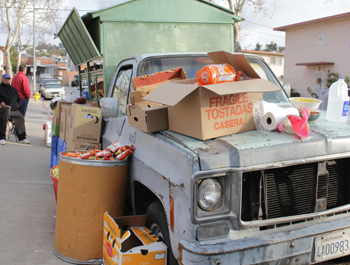
Council member Curren Price speaks with a student at West Vernon Elementary School, which is launching a grant bid. | Photo by Matt Lemas
West Vernon Elementary School in South Los Angeles is vying to be a recipient of a $500,000 national grant program to fund improvements in children’s health and nutrition. The initiative was launched at the school this week.
The initiative, a collaboration between the United Health Foundation and Whole Kids Foundation, has earmarked $25,000 for the Central and South Central region of Los Angeles.
Elementary schools throughout the country will be able to apply for funding, ranging from $15,000 to $25,000, and the application consists of pitching innovative projects in line with the grant’s goals. West Vernon is an applicant and if chosen, it will be one of 10 to 12 schools participating in the program nationwide.
“We’re breaking through the cycle of unhealthy living,” said Councilman Curren Price at Thursday’s launch, referencing that the grant could join a long list of initiatives his office has taken to improve access to nutrition and green space in his district. “When our kids are happy and healthy, our future is bright.”









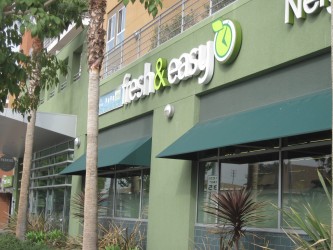
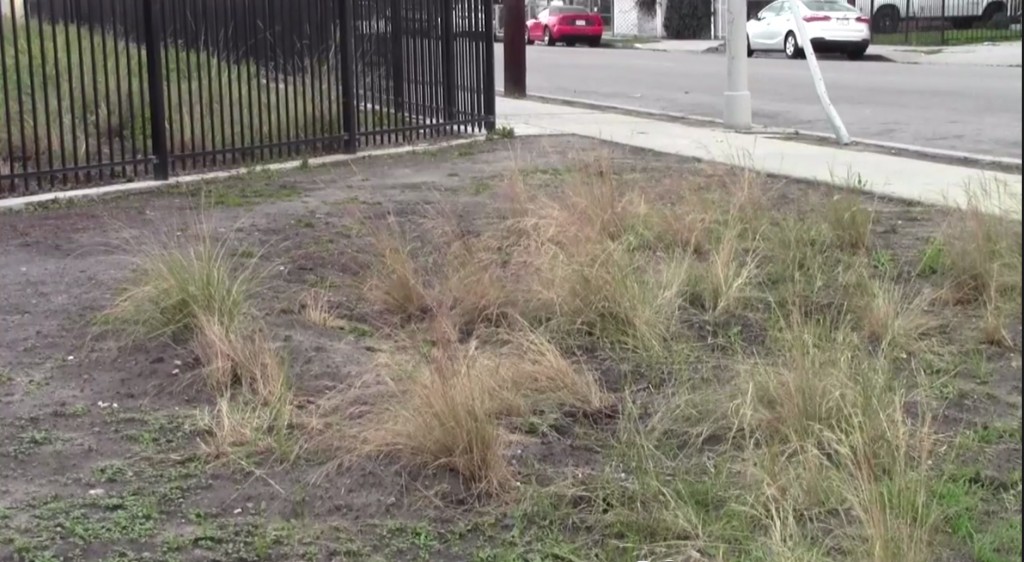
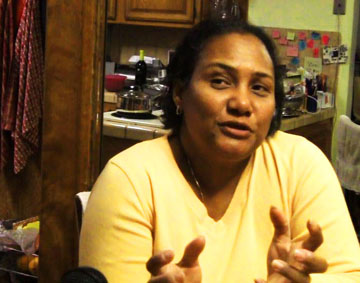 South LA resident Donna Washington is one of many disappointed by the lack of quality produce available in her community.
South LA resident Donna Washington is one of many disappointed by the lack of quality produce available in her community.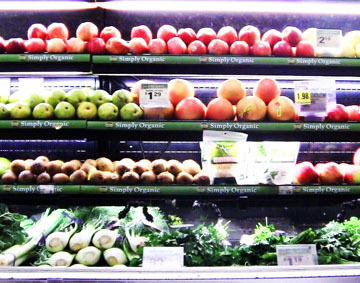 Produce from a high-quality Ralphs.
Produce from a high-quality Ralphs.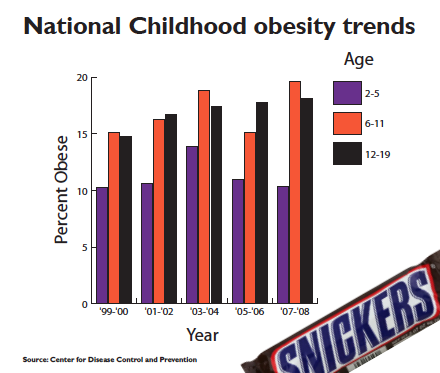 Childhood obesity has steadily risen over the last 50 years in the United States. Los Angeles area doctors said that almost 50 percent of their patients are either overweight or obese.
Childhood obesity has steadily risen over the last 50 years in the United States. Los Angeles area doctors said that almost 50 percent of their patients are either overweight or obese.